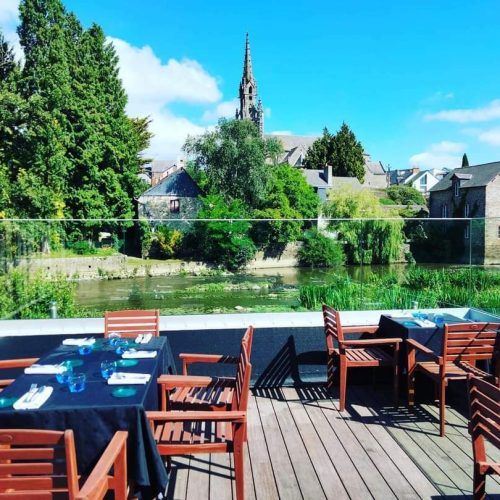Finistère
WELCOME TO Finistère
Entry Into Department
Brest
6,733 km2
915,000
French
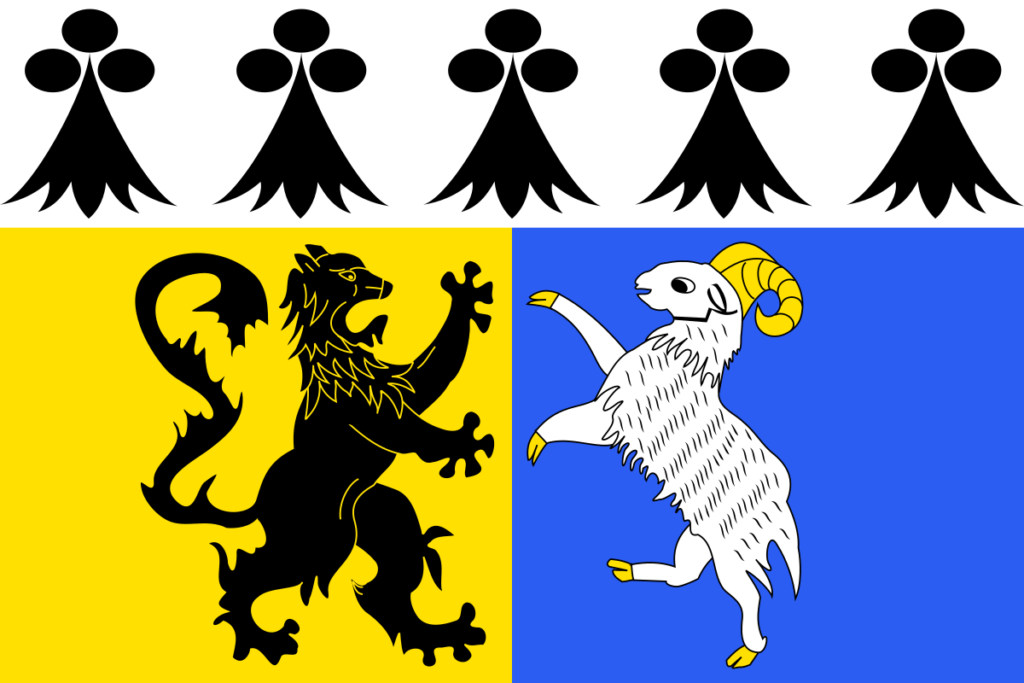
Popular
Geography and Tourist Attractions
Information about the canton's tourist attractions, including popular destinations, events, and activities.
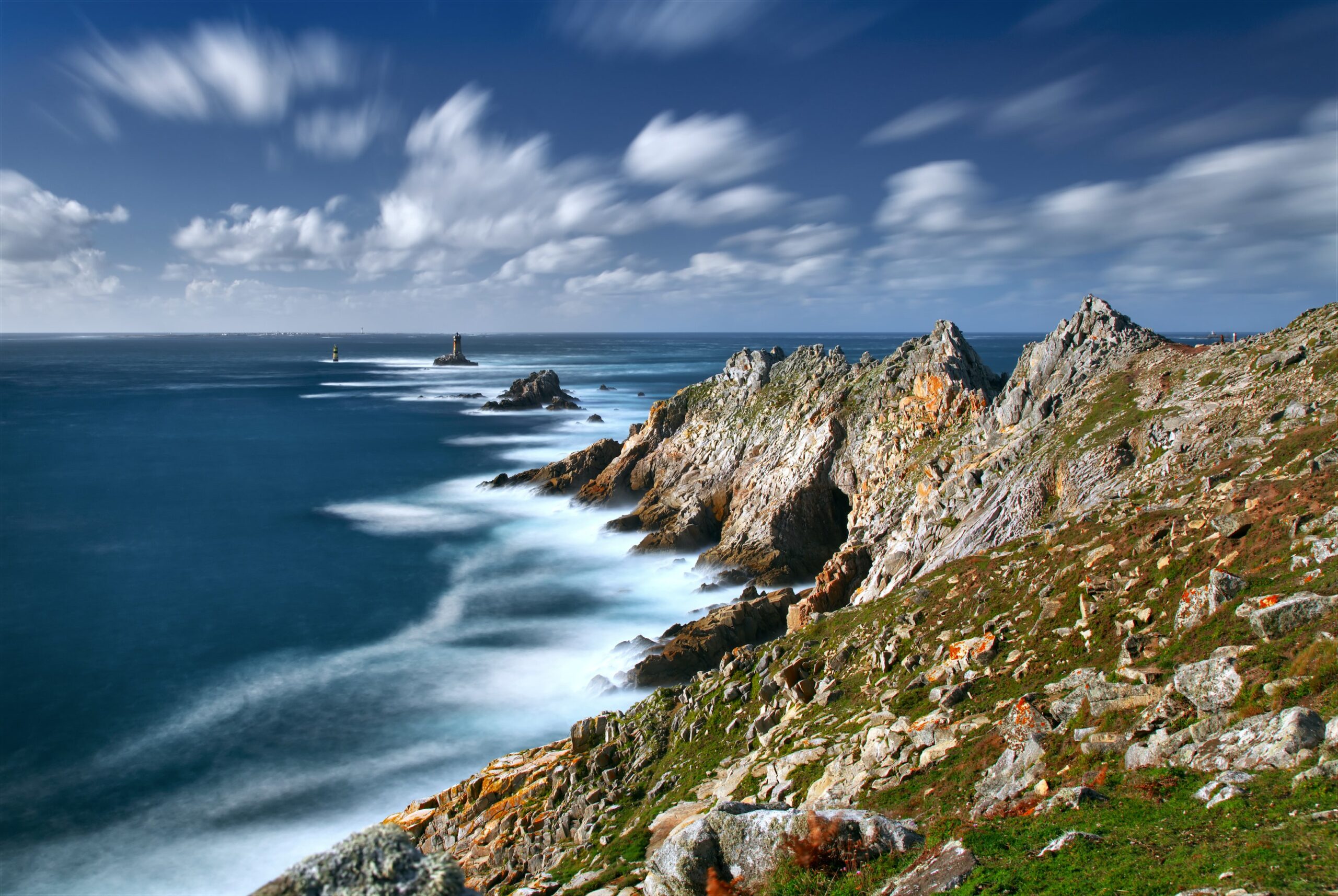
Pointe du Raz
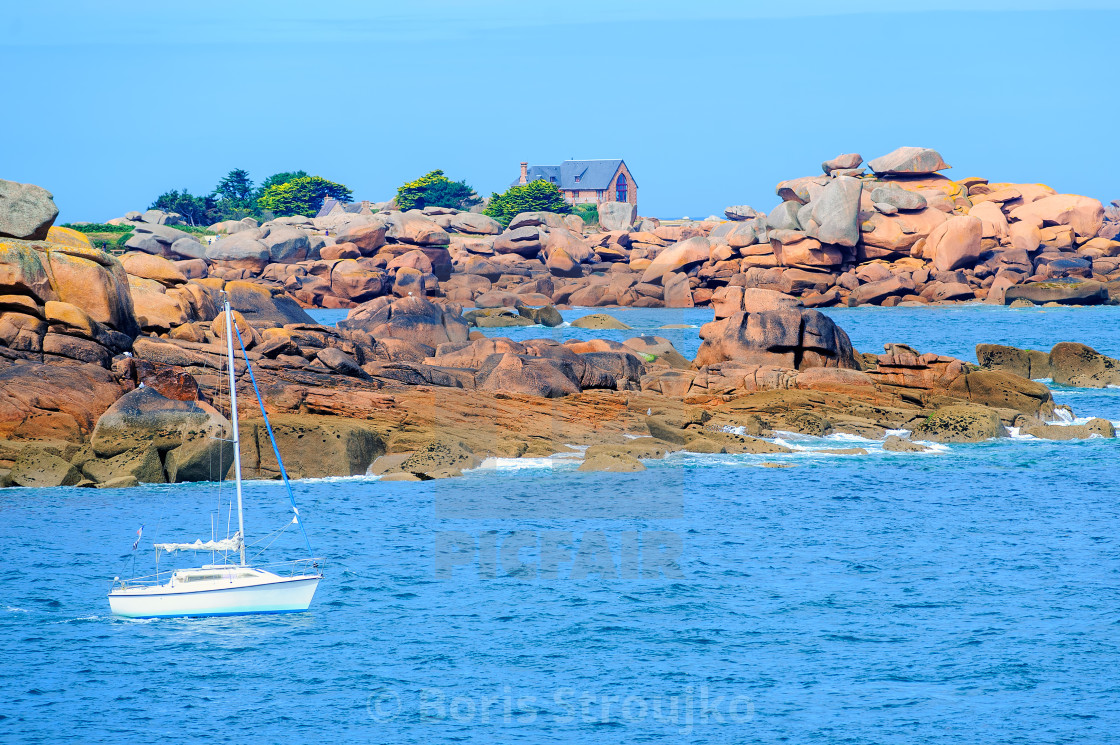
The Pink Granite Coast
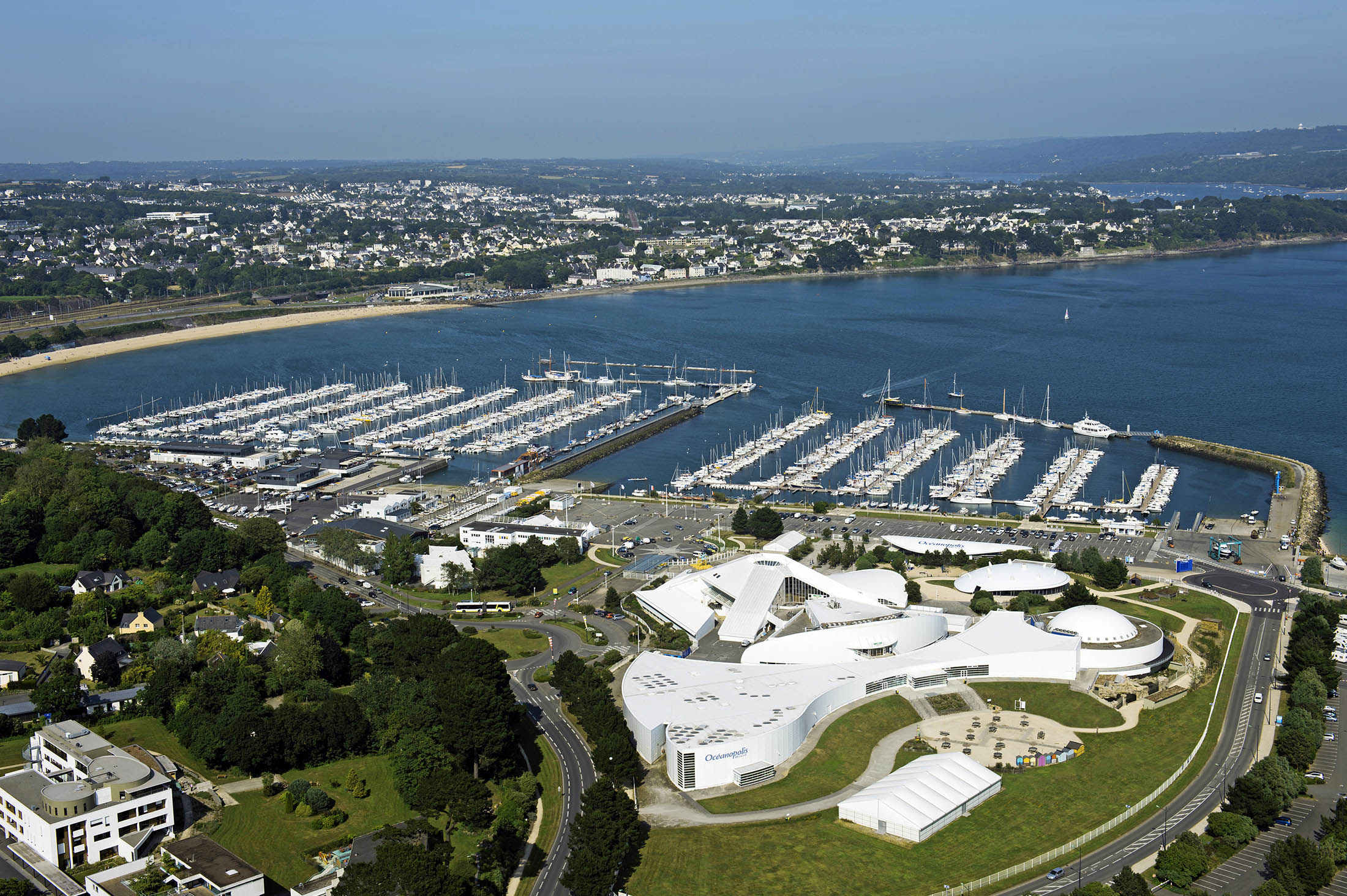
Océanopolis
Political
Economy and Government
Finistère is a department located in the western part of France, known for its picturesque coastline and rugged terrain. The economy of Finistère is primarily driven by agriculture, fishing, and tourism. The region is famous for its production of seafood, particularly oysters and mussels, which are exported all over the world. The farming industry is also significant in the area, with a focus on dairy, meat, and vegetable production. In recent years, the government has been encouraging the development of renewable energy sources, such as wind and solar power, which are becoming increasingly prevalent in the region.
The government of Finistère is led by a departmental council, which is responsible for managing the region's budget, infrastructure, and social programs. The council is also responsible for overseeing economic development and promoting the region's tourism industry. The local government is committed to investing in infrastructure, education, and health care, and has been working to create a supportive environment for entrepreneurs and small businesses. The departmental council has also been working to preserve the region's natural beauty, with a focus on sustainable tourism and environmental conservation.
Overall, the economy and government of Finistère are intertwined, with a shared focus on promoting the region's unique cultural heritage, natural resources, and economic potential.

History
History and Culture
Finistère, located in the western part of France, has a rich history and unique culture. The region is known for its Celtic heritage, which can be seen in its language, music, and dance. The Breton language is still spoken by a significant minority of people in the region, and traditional music and dance are an important part of local festivals and celebrations.
The area has a long history, with evidence of human settlement dating back to the Neolithic period. Throughout the centuries, Finistère has been shaped by invasions, wars, and migrations, including the arrival of the Celts in the 5th century BC and the Normans in the 9th century AD. The region played a significant role in the French Revolution, with the town of Quimper serving as the center of the Breton Rebellion in 1793.
The culture of Finistère is also reflected in its architecture, art, and cuisine. The region is home to numerous historic churches, castles, and manor houses, many of which date back to the Middle Ages. The area is also known for its traditional Breton cuisine, which includes dishes such as galettes, crepes, and seafood.
Today, Finistère continues to be a hub of traditional Breton culture, with numerous festivals and events celebrating the region's unique history and traditions. The area is also popular with tourists, who come to explore its rugged coastline, picturesque villages, and vibrant cultural scene.
HOTELS
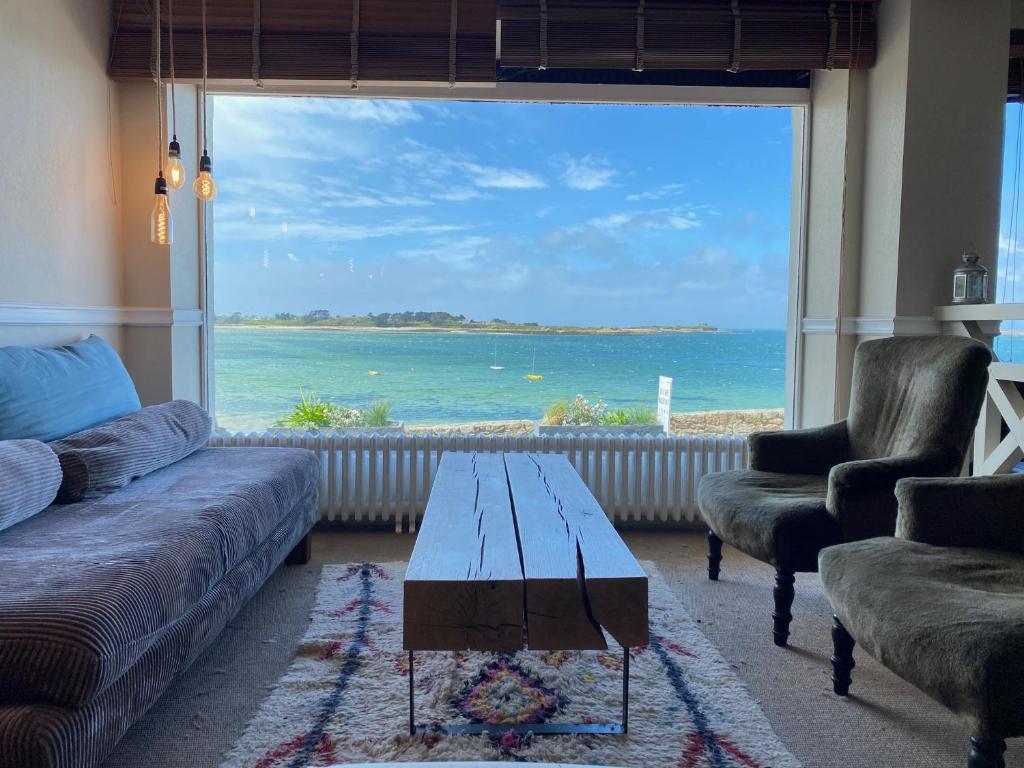
Hôtel & Spa La Baie des Anges
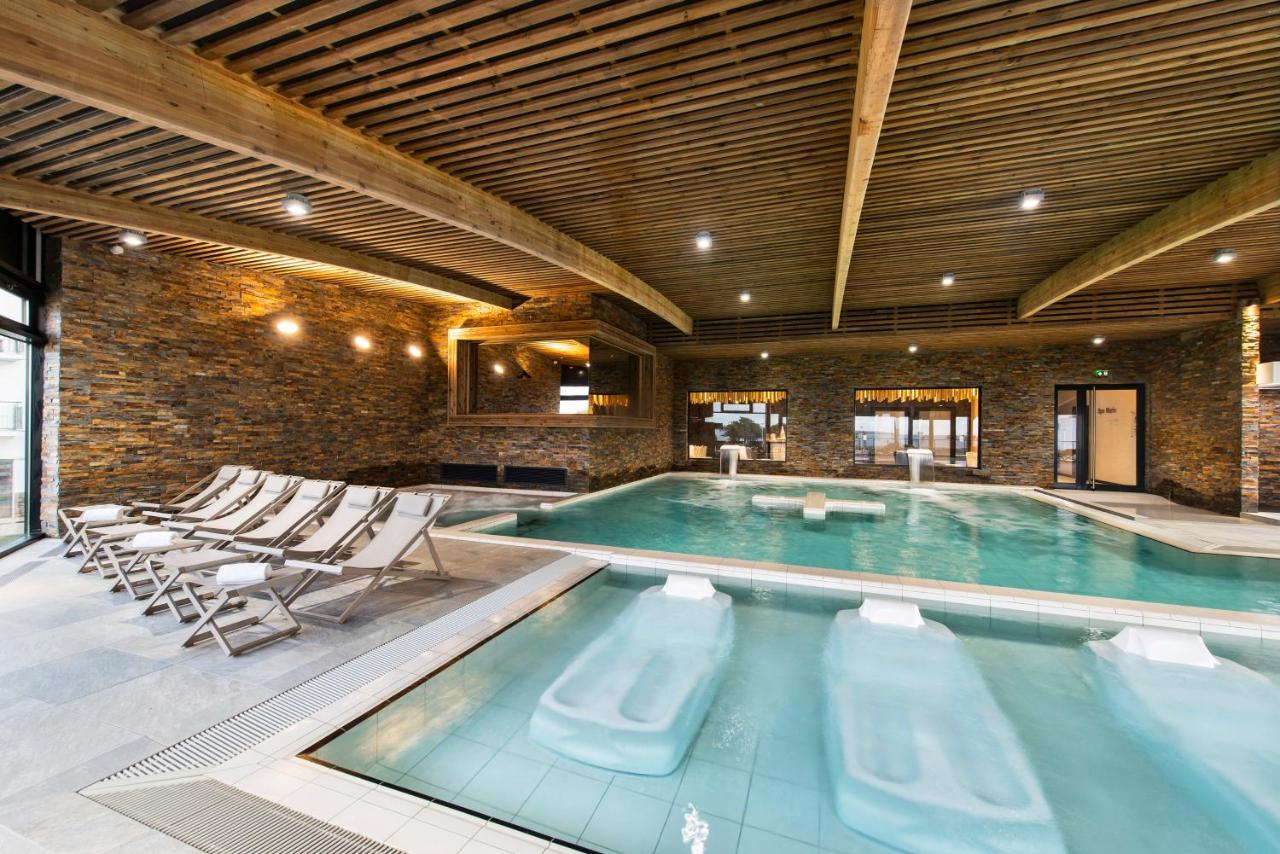
Hôtel Thalasso Concarneau

La Villa Tregastel
RESTAURANTS
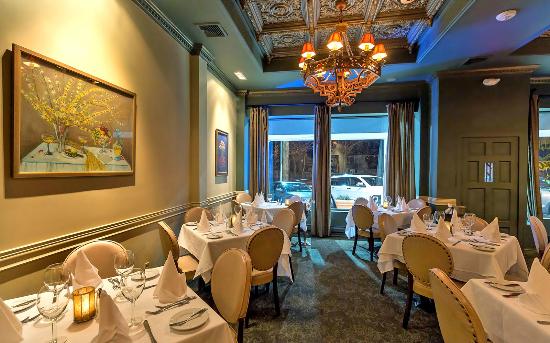
La Coquille

Le Comptoir des Halles
